Modern
automation, robotics, electric vehicles, and industrial machinery are all
supported by electric drives.
Effective drive control enhances precision, performance and energy savings. This blog aims to provide you an in-depth overview of the various methods for electric drives, based on their principles, types, advantages, and typical applications.
What Are Electric Drives?
The drive consists of an electric motor, power electronic converters, sensors and algorithms to regulate the speed, torque and position of the motor as demanded by the application. This includes the uses such as:
• Industrial automation
• Electric vehicles (EVs)
• Home appliances
• Robotics and CNC machines
Need for authority in Electric Drives
Fundamentally, electric motors operate under the laws of electromagnetism, but, in practical terms, one must:• Impose accurate speed-torque profile
• Assure stability with changing load
• Consume energy optimally
• Start and stop smoothly
• Protect against overcurrent, over speed, and overheating
Types of Managing Strategies
Managing methods
for electric drives are generally classified as open-loop and closed-loop.
Let's discuss them in detail.
1. Open-Loop Control
The leaves of
signal is provided with no feedback from the motor, in open-loop systems. It is
inexpensive but simple and has no accuracy and disturbance rejection.
Example: Simple fan speed authority using a potentiometer.
Advantages:
• Design is
simple
• It is
economical
• No sensors
needed
Disadvantages:
• No
compensation for load variation
• Inaccurate power
of speed
2. Closed-Loop System
A closed-loop sensor watch on motor's operation and automatically
adjusts input, allowing everything to work effortlessly and more accurately.
a) Scalar Control
It guarantees fixed voltage-to-frequency ratio for induction motor system.
Advantages:
• Easy to implement
• Ideal for low-performance applications
Disadvantages:
• Limited dynamic performance
• Low torque power
Applications:
HVAC systems, pumps, blowers
b) Vector (Field-Oriented Control - FOC)
This sophisticated
technique separates torque and flux power in AC motors, just like for DC
motors.
Advantages:
• High dynamic performance
• Torsion and speed precise
authority
Disadvantages:
• Costly and requires
sophisticated algorithms and sensors
• More expensive
Electric vehicles, robotics, CNC machines
c) Direct Torque Control (DTC)
In
this technique, torque and flux are authority directly without any modulation
techniques or coordinate transformation.
Advantages:
• No
current regulators required
•
Fast dynamic response
Disadvantages:
•
Complex to implement
•
Torque ripple is high
Applications:
Traction systems, industrial drives of high performance
Other Advanced Techniques
1. Sensor less Control• Removes the necessity for mechanical sensors by approximating rotor position/speed.
• Reduces system cost and increases reliability.
2. Model Predictive Control System (MPC)
• Using machine learning and AI for adaptive, smart power.
• Highly accurate but computationally intensive.
3. AI-Based Level System
• Employing machine learning and AI for adaptive, smart authority.
• Applicable for complex, nonlinear systems.
Comparison of Control Strategies
|
Control Type |
Complexity |
Performance |
Cost |
Application Area |
|
Open-Loop |
Low |
Low |
Low |
Fans, basic pumps |
|
Scalar Control |
Medium |
Moderate |
Medium |
HVAC, conveyors |
|
Vector Control |
High |
High |
High |
EVs, robotics |
|
DTC |
High |
Very High |
High |
Traction, industrial |
|
AI-Based Control |
Very High |
Adaptive |
High |
Research, smart systems |
Engineering Project Ideas Based on Electric Drive
Manage
1. PID vs FOC level for BLDC Motors2. Sensor less Speed of Induction Motor Using DSP
3. Fuzzy Logic-Based Speed leavel for EV Drive System
4. Simulation of V/f Control of 3-Phase Induction Motor using MATLAB
5. IoT-Based Real-Time Monitoring of Charged Drive Systems
Conclusion
The selection of a control method for electric drives is based on the type
of motor, requirements of the application, cost factors, and the desired
performance. Scalar is an approach that only magnitude whereas vector and DTC
take into consideration the torque support angle as well as the motor magnitude
and direction of motion. As sensor less and AI-based techniques are gaining
popularity, the future of power drives is inclined toward intelligent,
efficient, and autonomous systems.
Want to know more about electric drives and control
systems?
Look at our expert project assistance at TakeoffProjects – where we bridge the gap between theory and practice!
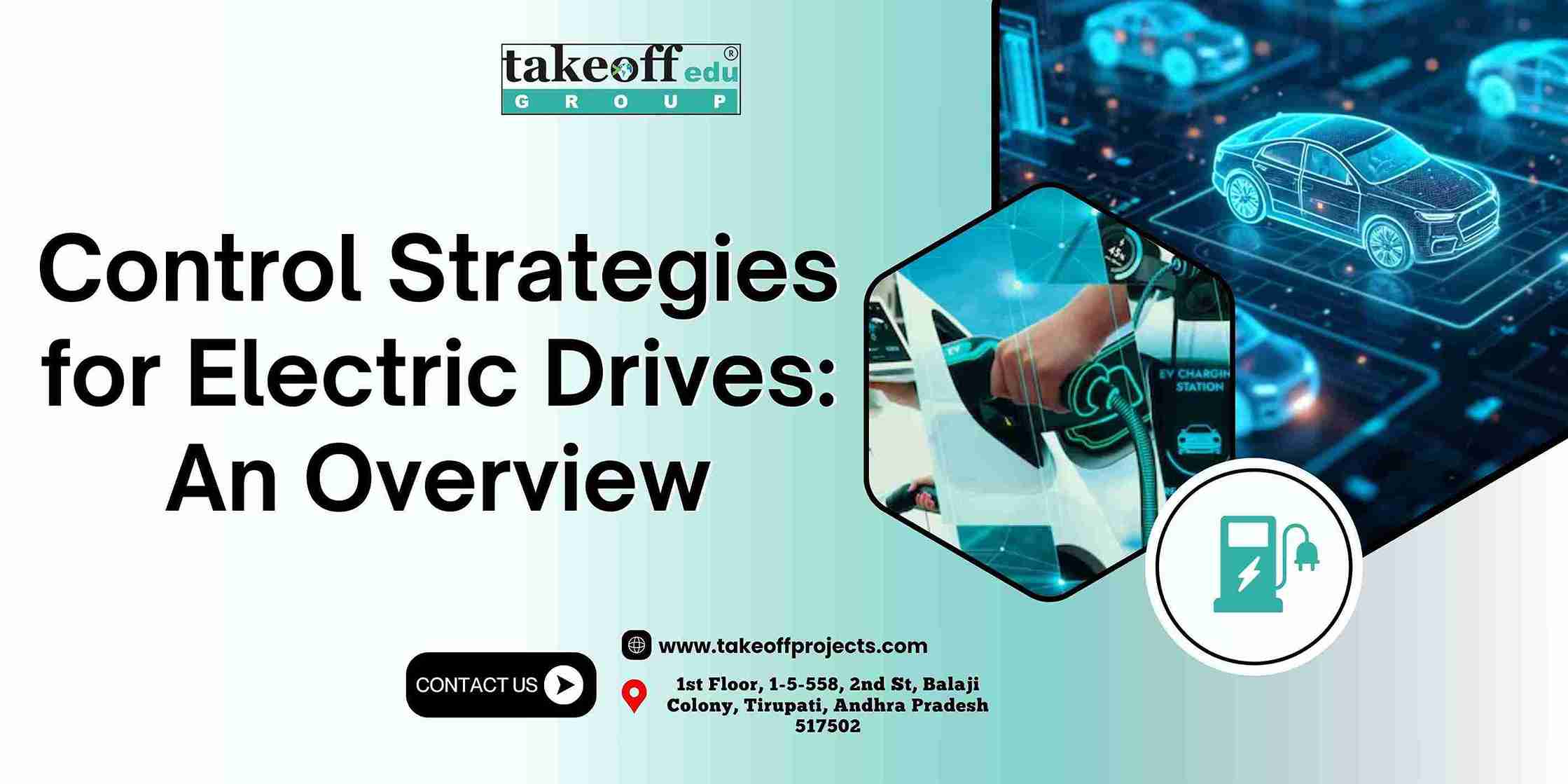
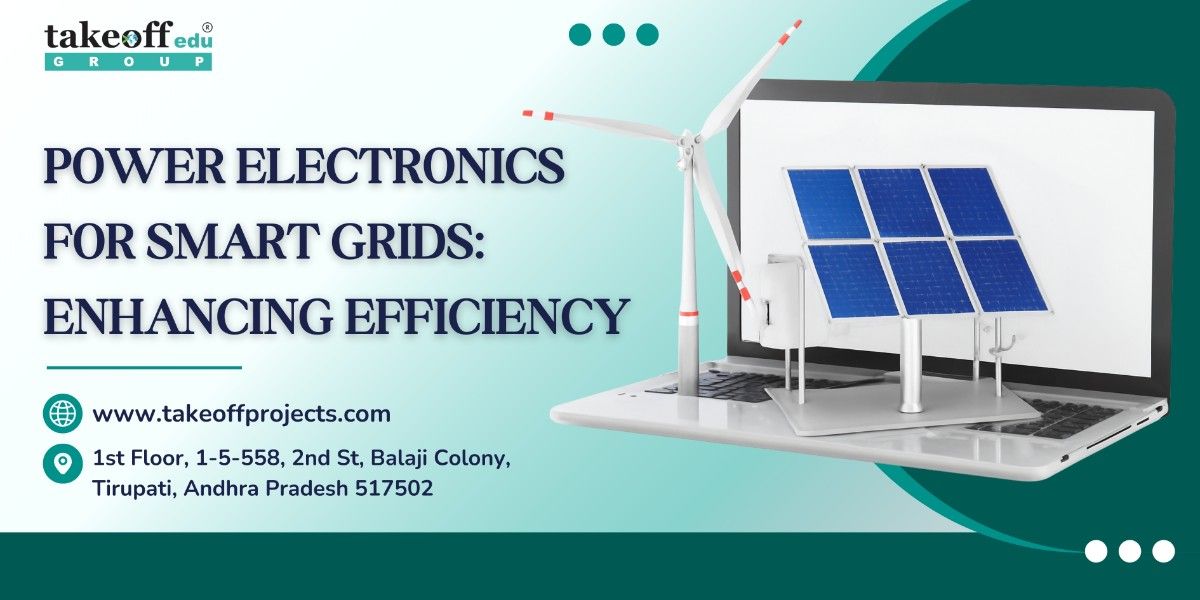 Power Electronics for Smart Grids: Enhancing Efficiency
Power Electronics for Smart Grids: Enhancing Efficiency  Introduction to Control Systems: Principles and Applications
Introduction to Control Systems: Principles and Applications 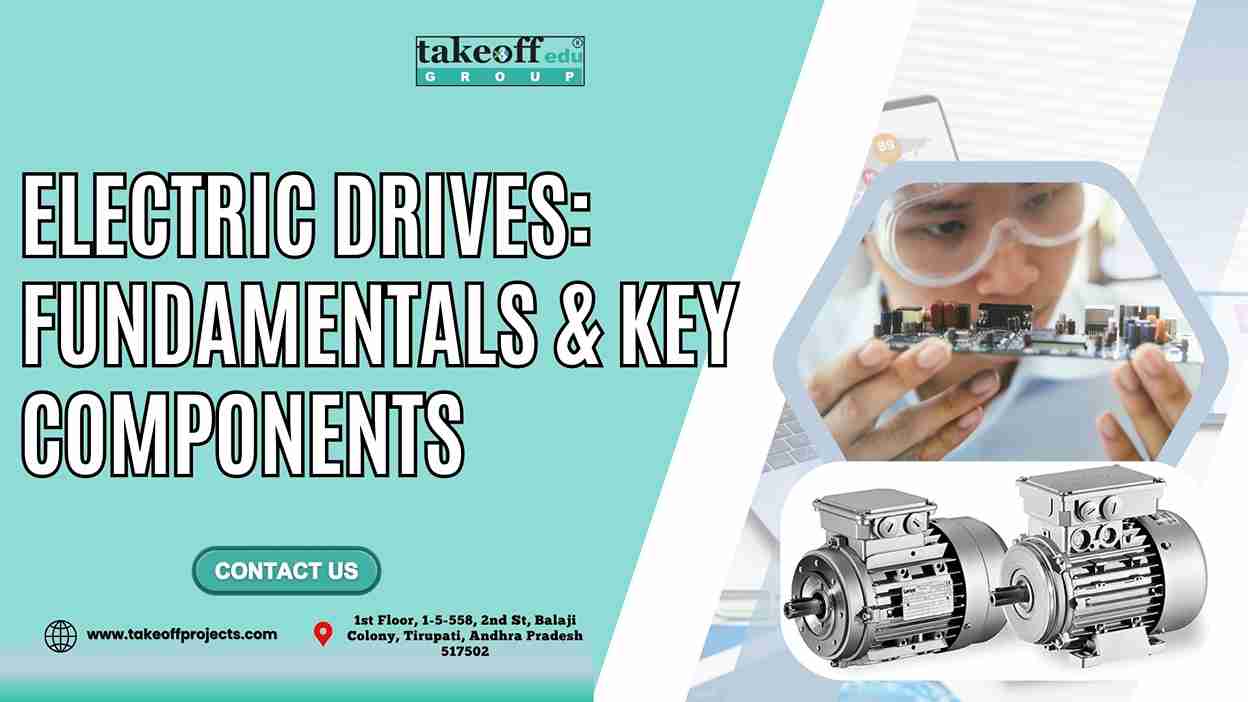 Electric Drives: Fundamentals & Key Components
Electric Drives: Fundamentals & Key Components 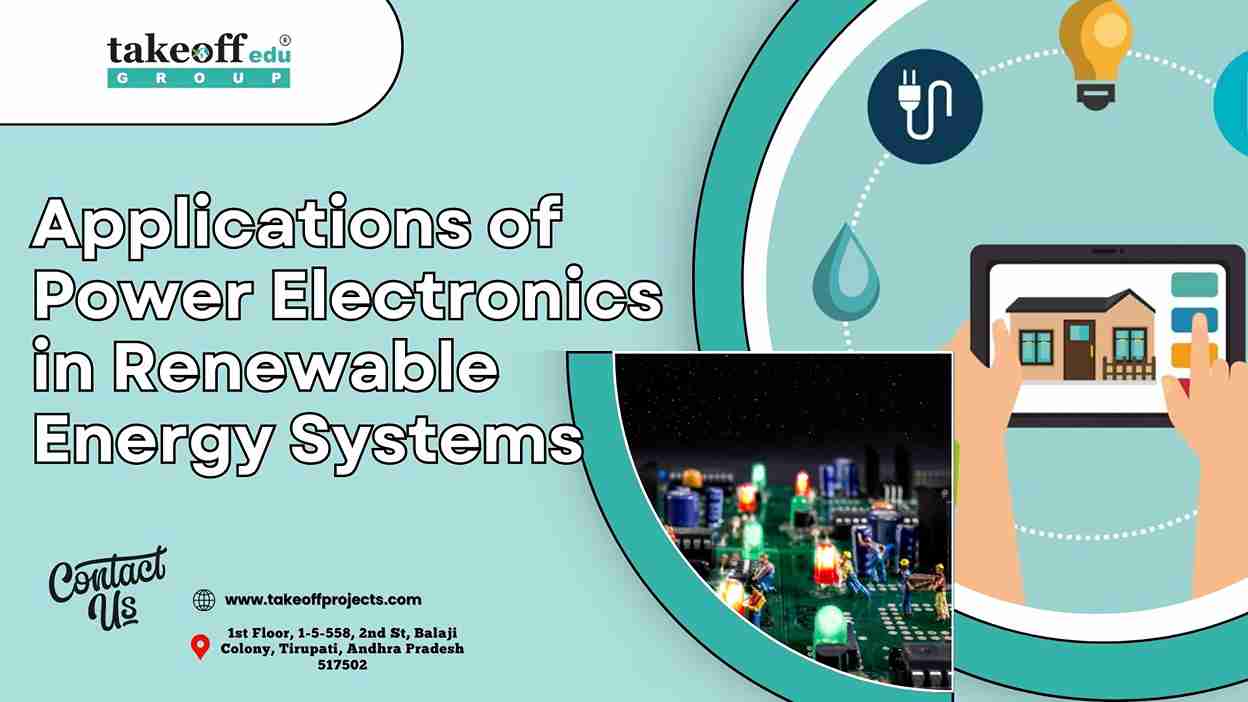 Applications of Power Electronics in Renewable Energy Systems
Applications of Power Electronics in Renewable Energy Systems 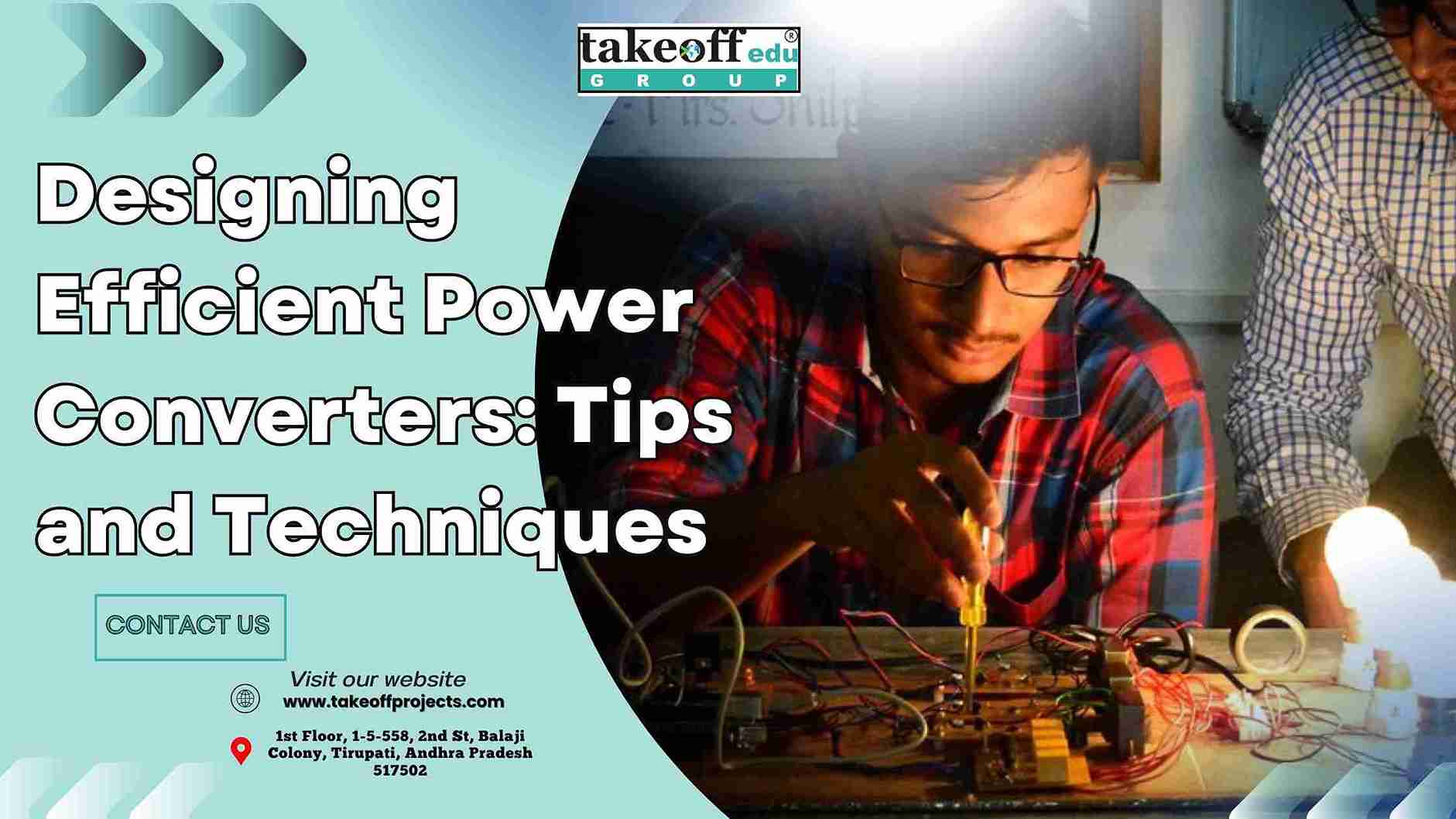 Designing Efficient Power Converters: Tips and Techniques
Designing Efficient Power Converters: Tips and Techniques 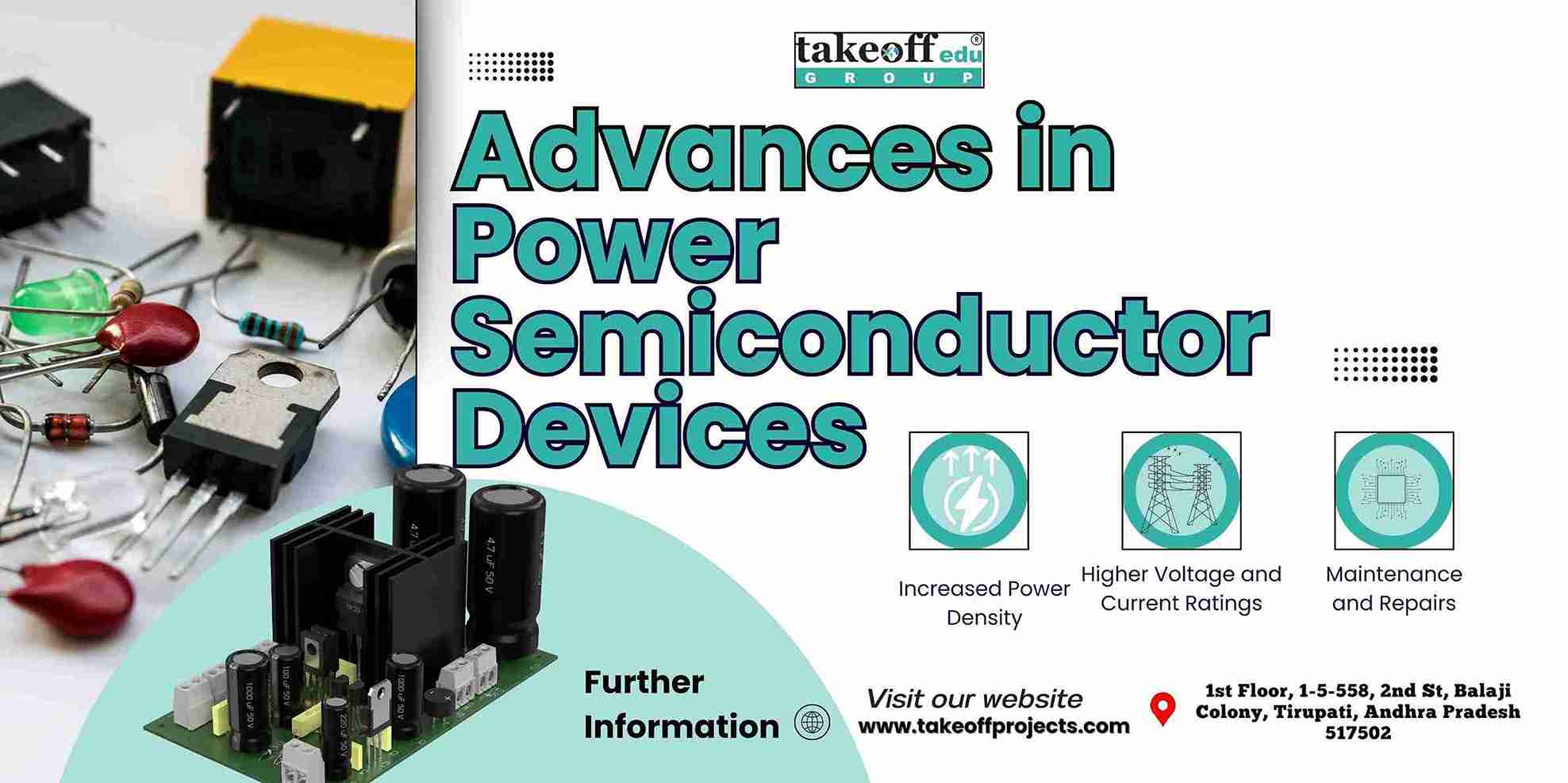 Advances in Power Semiconductor Devices
Advances in Power Semiconductor Devices 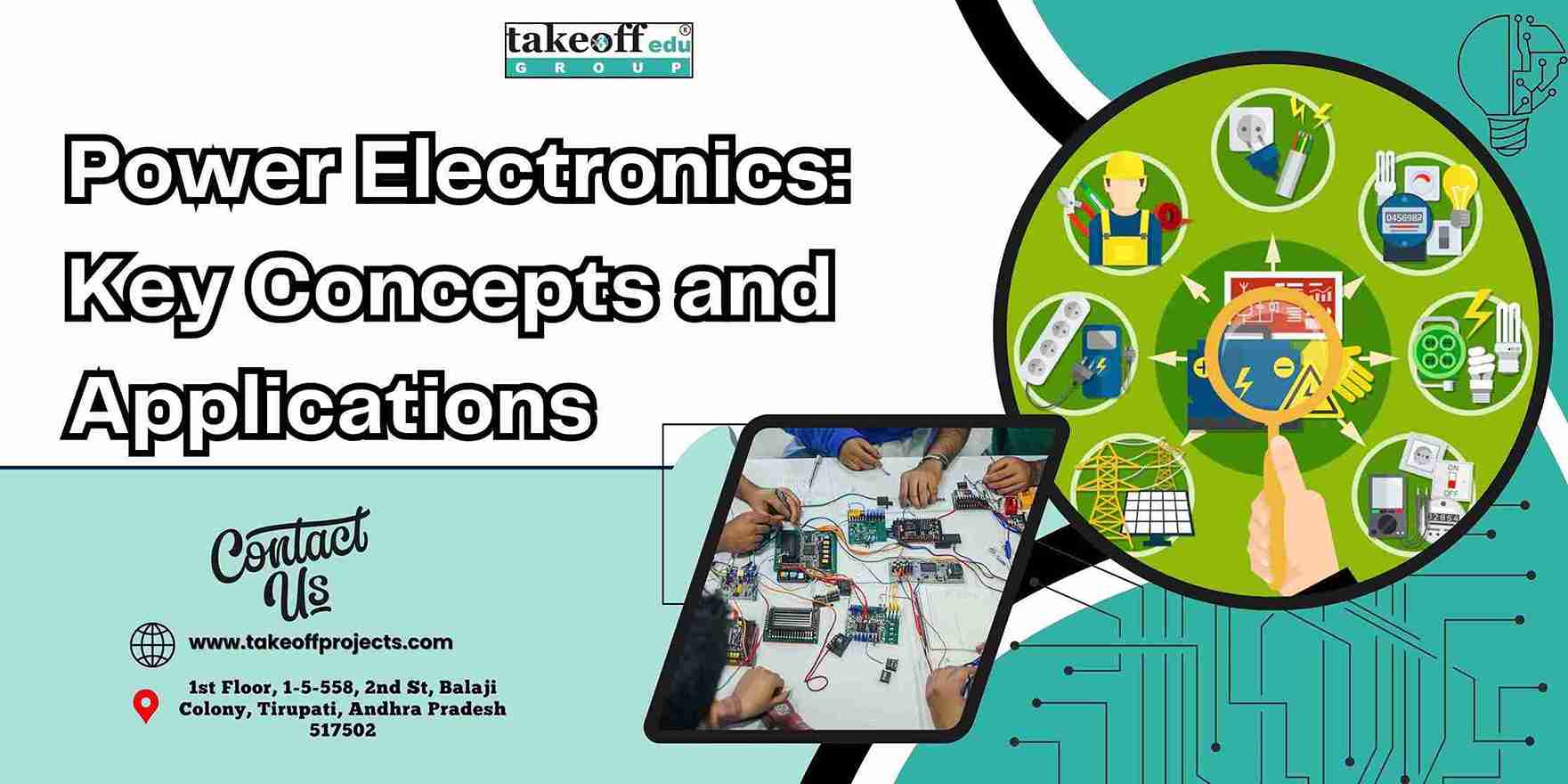 Power Electronics: Key Concepts and Applications
Power Electronics: Key Concepts and Applications  Cybersecurity in Power Systems: Protecting Critical Infrastructure
Cybersecurity in Power Systems: Protecting Critical Infrastructure 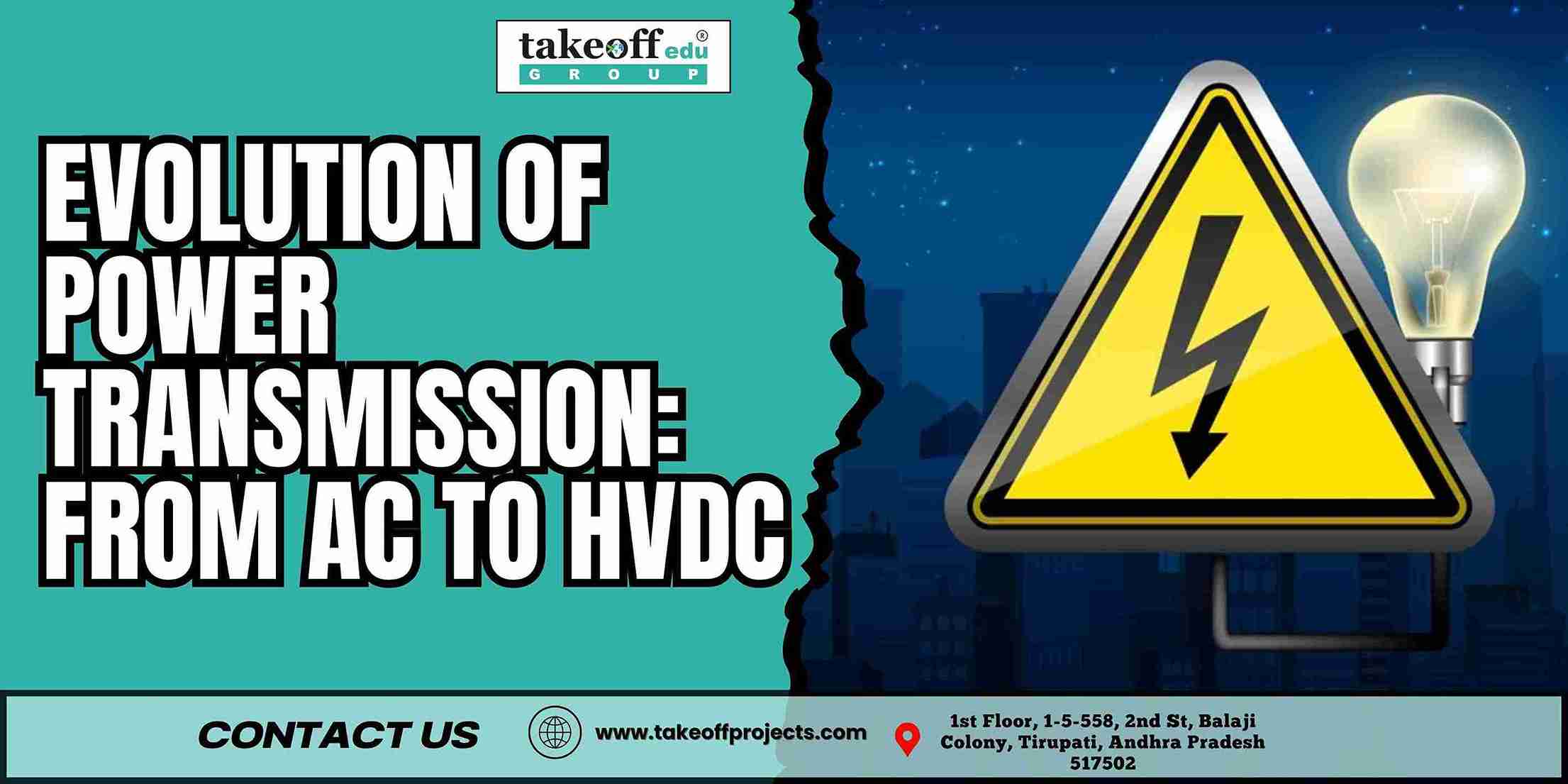 The Evolution of Power Transmission: From AC to HVDC
The Evolution of Power Transmission: From AC to HVDC 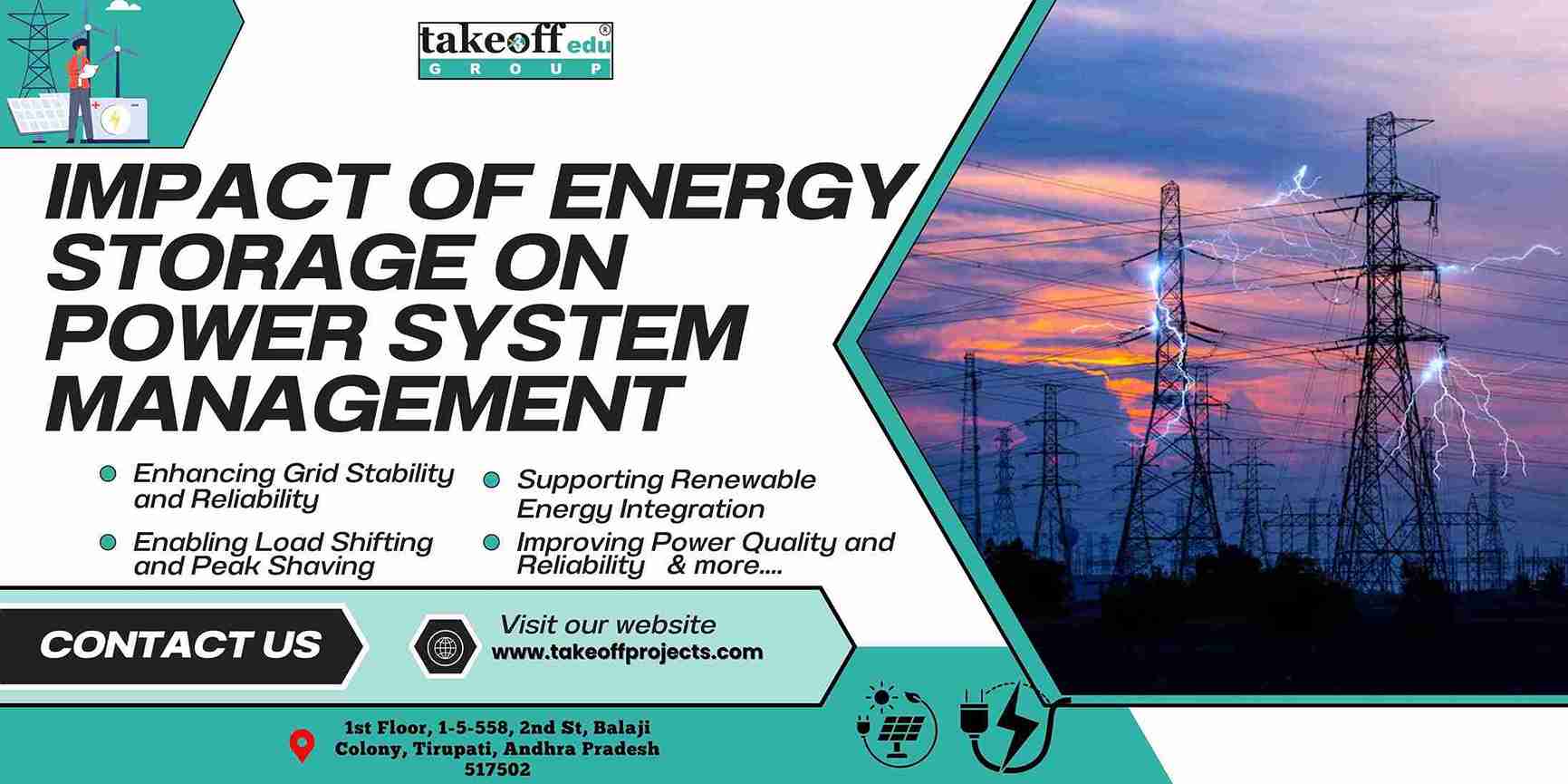 Impact of Energy Storage on Power System Management
Impact of Energy Storage on Power System Management 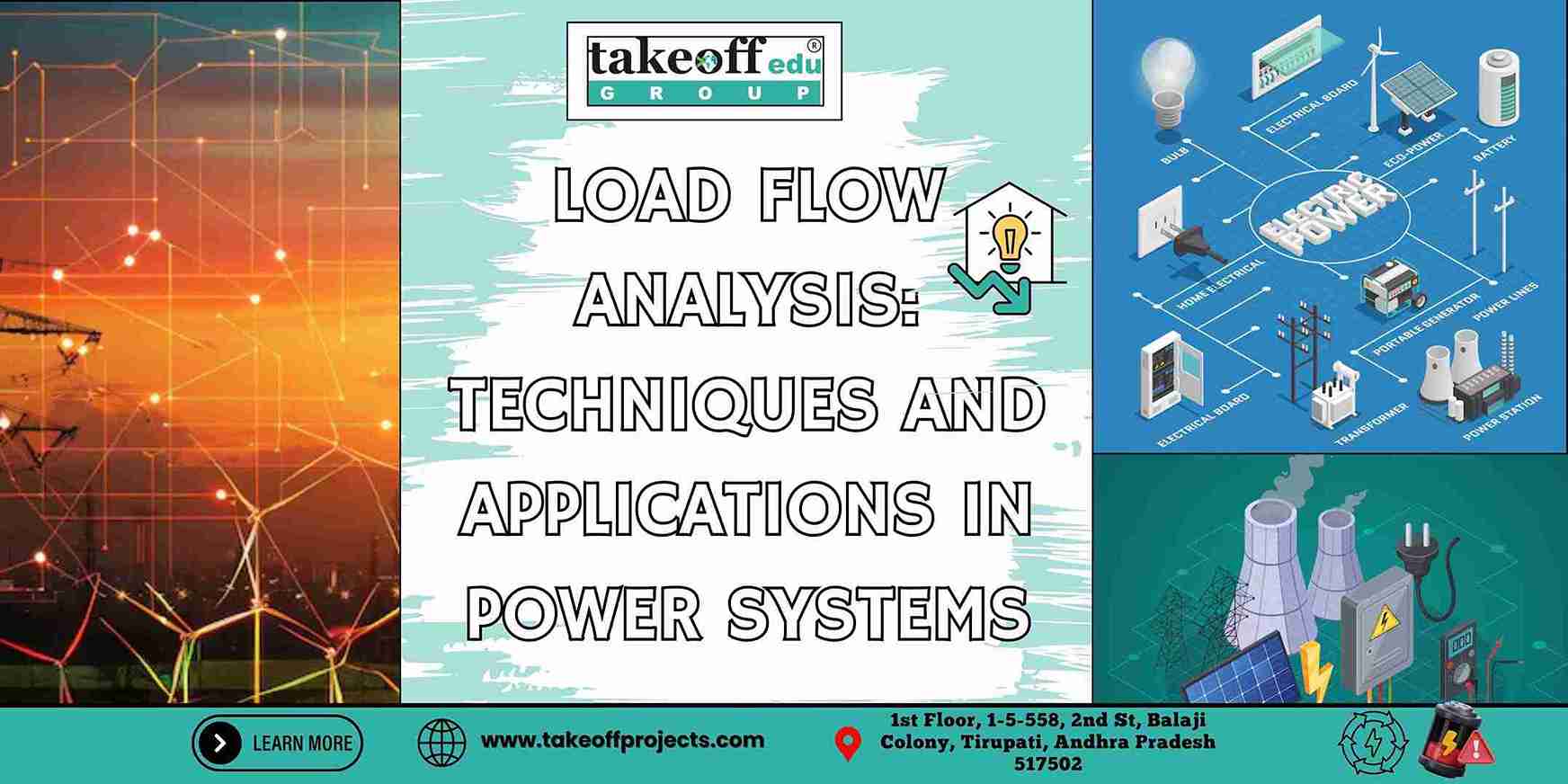 Load Flow Analysis : Techniques and Applications in Power Systems
Load Flow Analysis : Techniques and Applications in Power Systems 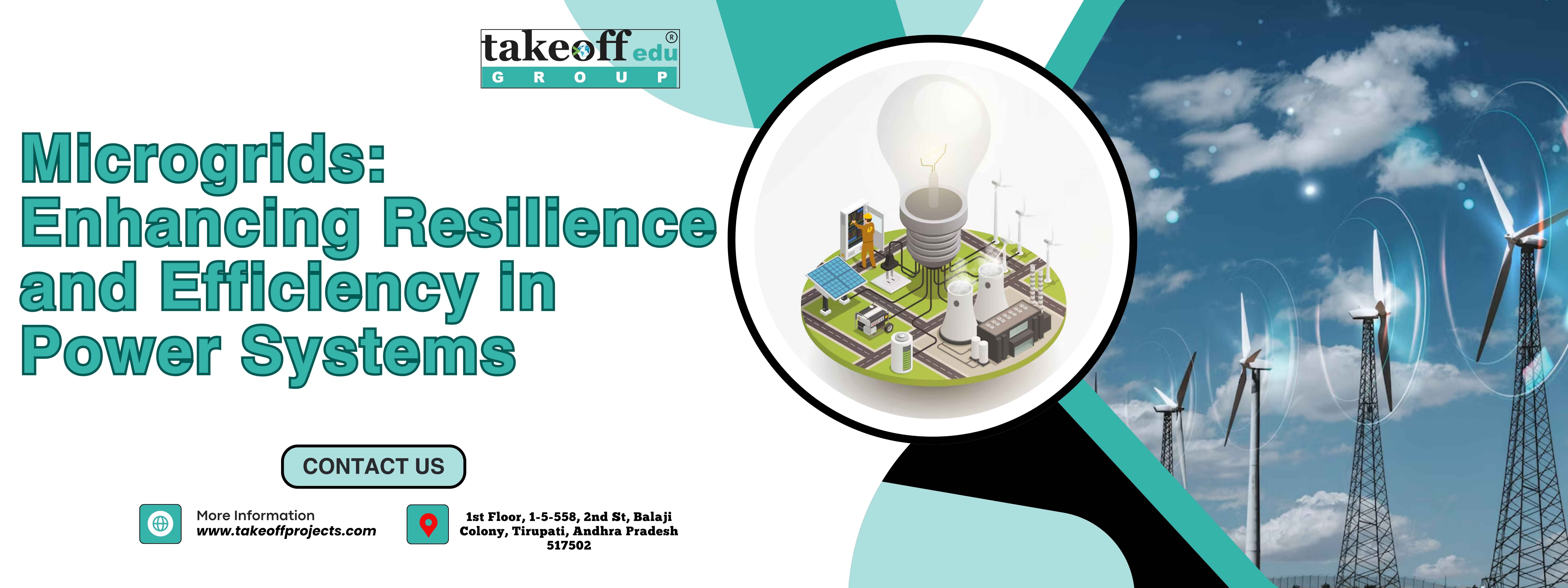 Microgrids: Enhancing Resilience and Efficiency in Power Systems
Microgrids: Enhancing Resilience and Efficiency in Power Systems  Innovative Technologies in Power System Protection
Innovative Technologies in Power System Protection 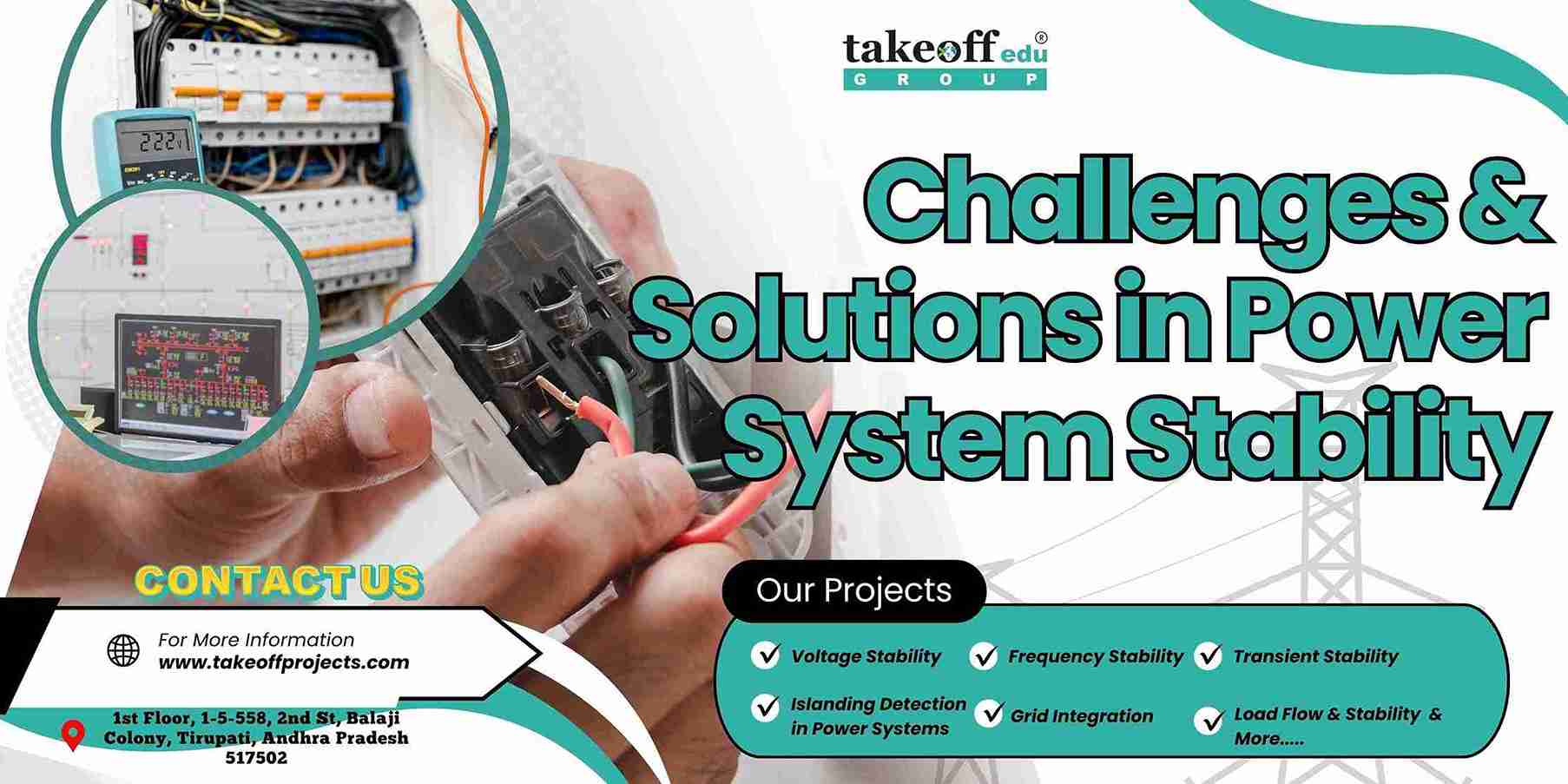 Challenges and Solutions in Power System Stability
Challenges and Solutions in Power System Stability 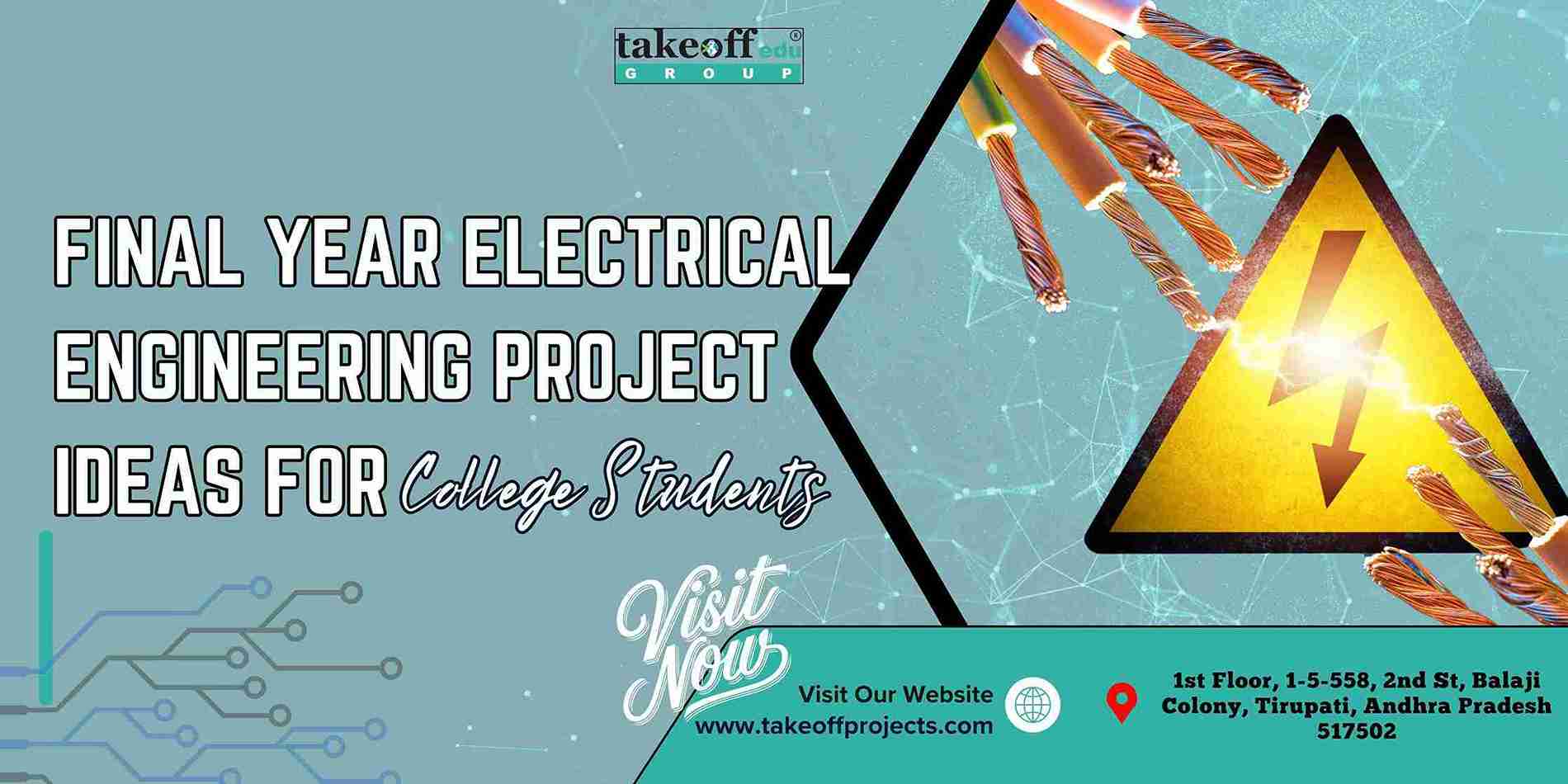 Final Year Electrical Engineering Project Ideas for College Students
Final Year Electrical Engineering Project Ideas for College Students  The Role of Renewable Energy in Modern Power Systems
The Role of Renewable Energy in Modern Power Systems  Smart Grids: Revolutionizing the Future of Power Systems
Smart Grids: Revolutionizing the Future of Power Systems 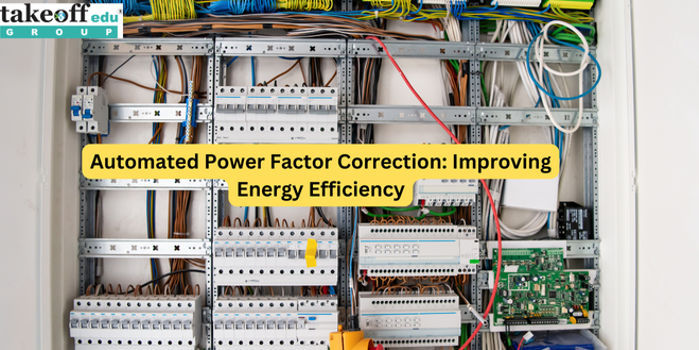 Automated Power Factor Correction: Improving Energy Efficiency
Automated Power Factor Correction: Improving Energy Efficiency 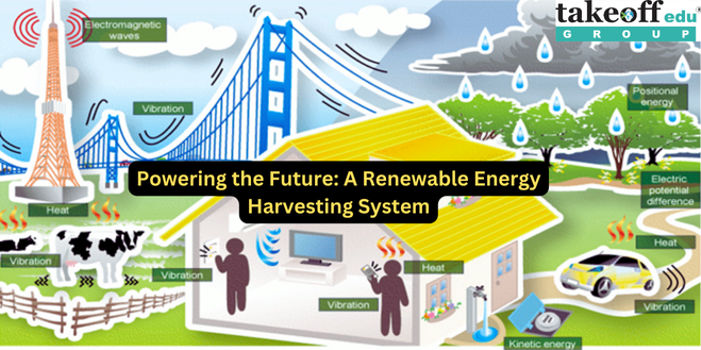 Powering the Future: A Renewable Energy Harvesting System
Powering the Future: A Renewable Energy Harvesting System 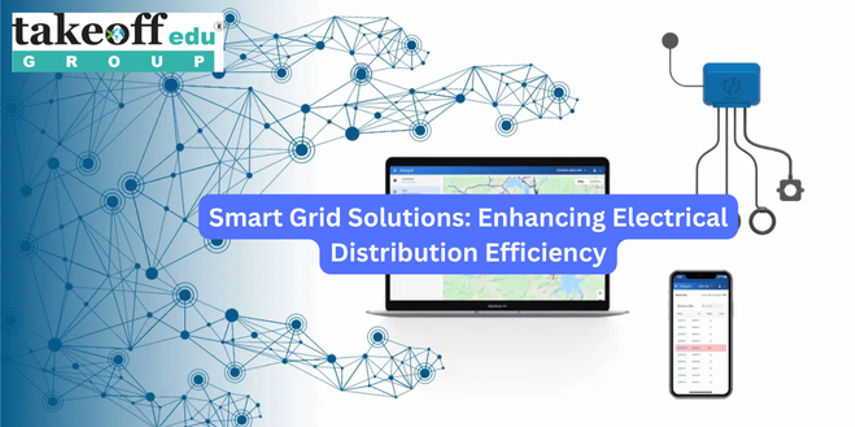 Smart Grid Solutions: Enhancing Electrical Distribution Efficiency
Smart Grid Solutions: Enhancing Electrical Distribution Efficiency 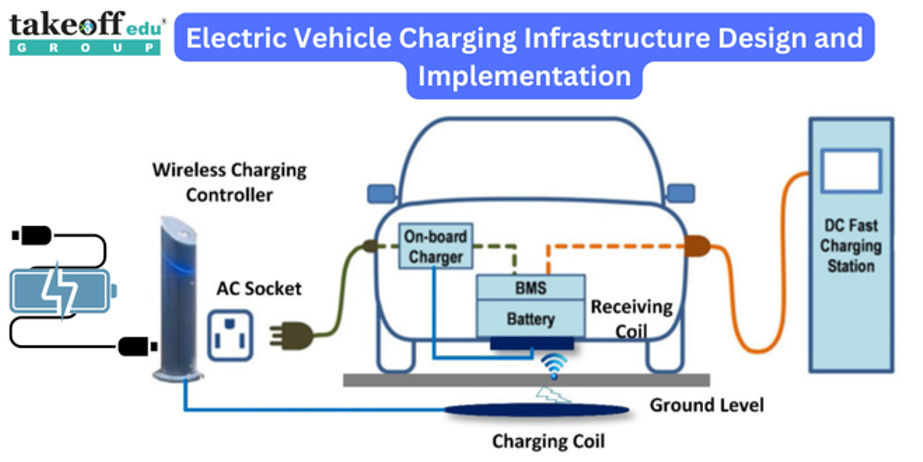 Electric Vehicle Charging Infrastructure Design and Implementation
Electric Vehicle Charging Infrastructure Design and Implementation 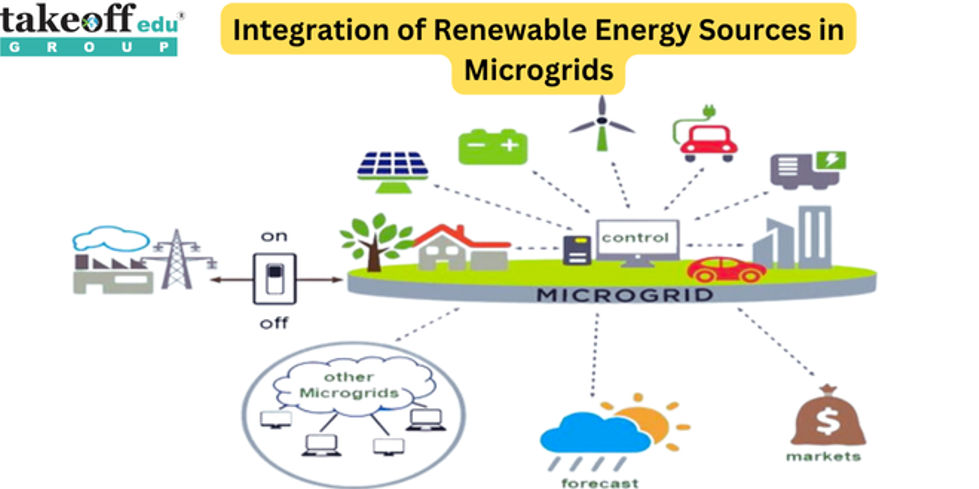 Integration of Renewable Energy Sources in Microgrids
Integration of Renewable Energy Sources in Microgrids  Electrical Projects Engineering Students
Electrical Projects Engineering Students 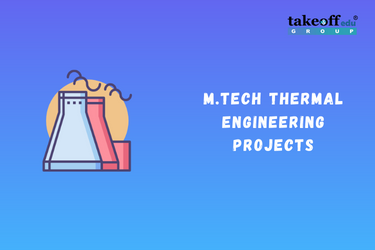 M.Tech Thermal Engineering Projects
M.Tech Thermal Engineering Projects  IEEE Projects for Electrical Engineering
IEEE Projects for Electrical Engineering  Mini Projects for EEE
Mini Projects for EEE  Mini Projects for Electrical Students
Mini Projects for Electrical Students 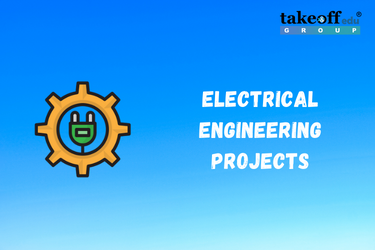 Top Electrical Projects for Final Year Students
Top Electrical Projects for Final Year Students  10 Interesting Projects for Electrical Engineering Students 2022
10 Interesting Projects for Electrical Engineering Students 2022 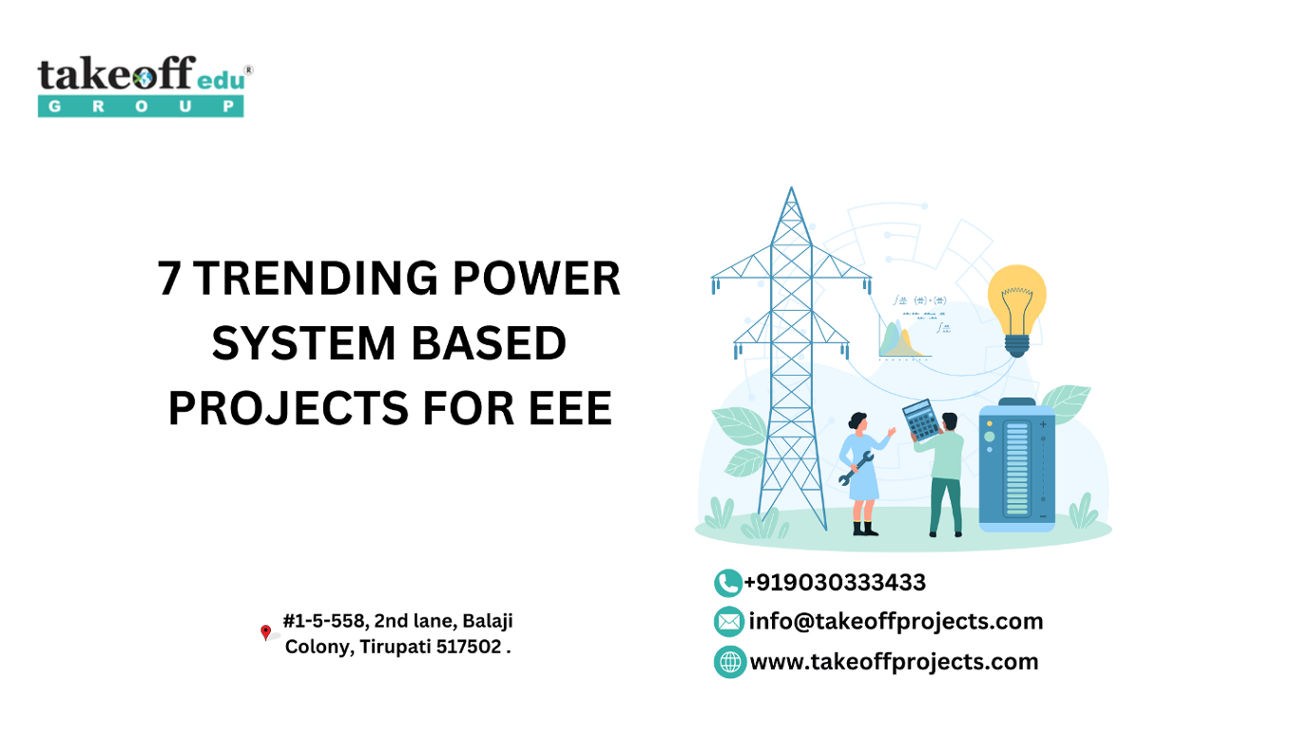 7 Trending Power Systems Based Projects for EEE
7 Trending Power Systems Based Projects for EEE 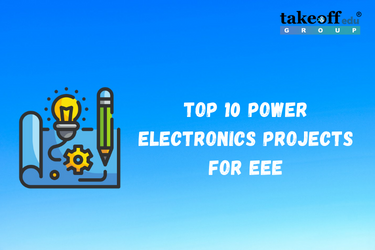 Top 10 Power Electronics Projects for EEE
Top 10 Power Electronics Projects for EEE 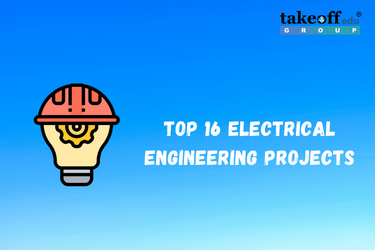 Top 16 Electrical Engineering Projects
Top 16 Electrical Engineering Projects 
 Paper Publishing
Paper Publishing


